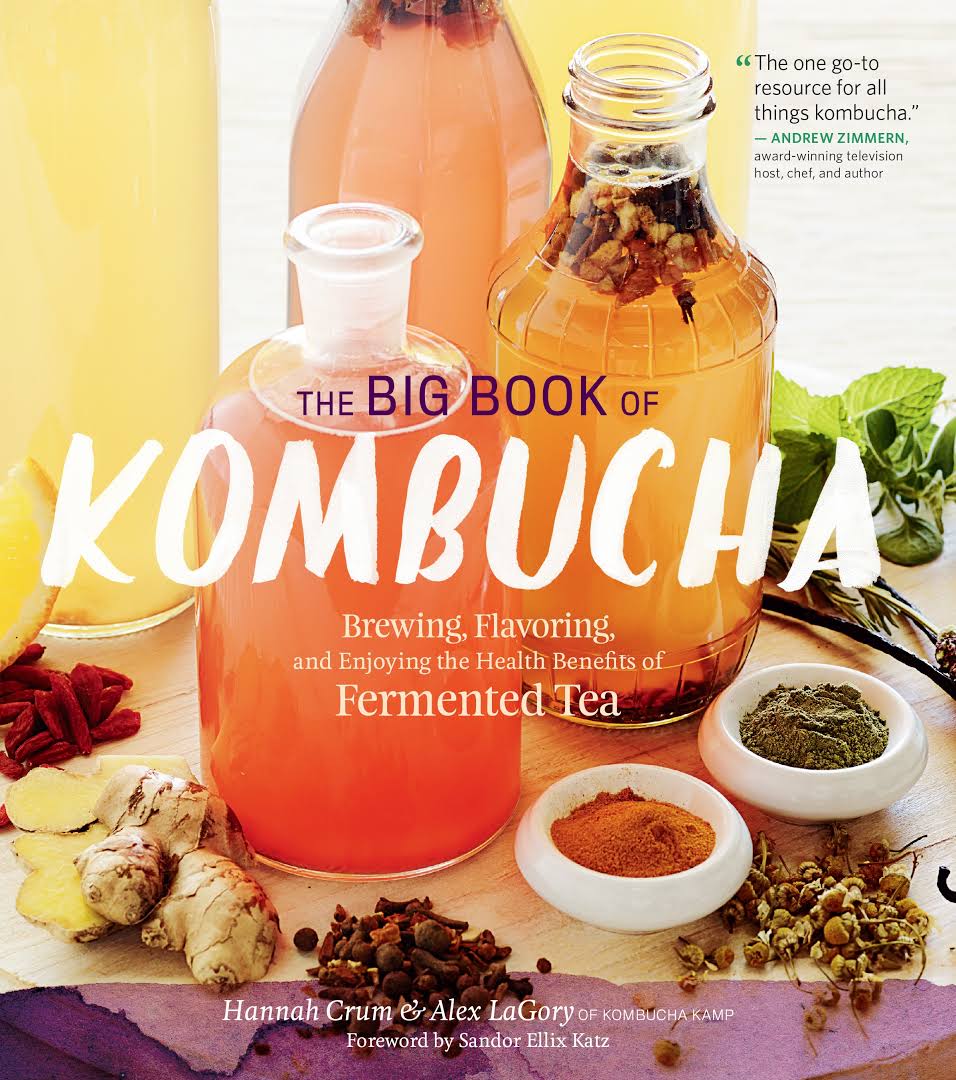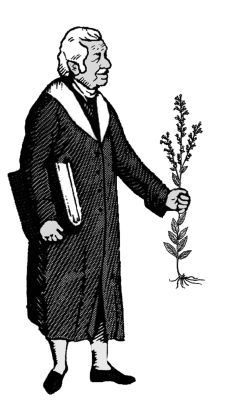Common Plantain
Published: Wed, 09/27/17
September 27, 2017
Common Plantain Glenn Cronick, M.H.
Plantain is a common perennial herb that can often be seen growing in lawns, abandoned fields, along roadsides, industrial waste lands and most anywhere there is sufficient soil requirements to host this unobtrusive green wonder. It is a plant that is often ignored and taken for granted by the majority of humanity. God has provided this tiny wonder for our good health and healing.
This valuable plant was brought to the American continent by European settlers who treasured it for its many medicinal and culinary uses. There are two types of plantain, one with broad leaves (Plantago major) and one with narrow leaves (Plantago lanceolate). Both have the same virtues and healing properties and can be used interchangeably.
Plantain grows from early spring to late fall and can even be seen throughout the winter months in areas where temperatures are mild. I have seen this plant under the snows of winter on golf courses, in lawns and along the borders of woodlands.
The leaves, roots, seeds and flower spikes of plantain are used for their healing properties and even as an emergency food. The leaves are most often used and can be eaten raw or cooked, used fresh or dried as a tea or tincture and put on the skin as a poultice, fomentation or salve. According to Bradford Angier, “Plantain leaves make excellent greens. Fact is, the greener they are the richer they are in vitamins A and C and in minerals. They are good boiled…start them in a minimum amount of boiling water and to cook them, covered, as rapidly and briefly as possible.”
Plantain is cooling and soothing for the circulatory system, producing an overall gradual improvement in bodily functioning. This effect is most likely due to its high nutritional value; plantain is rich in calcium, iron and vitamins A and C. Plantain’s phenolic compounds give it a strong antioxidant quality.
Plantain has been used all over the world to treat colds, hepatitis, infectious diseases, skin diseases, digestive irregularities, respiratory problems, reproductive trouble, fevers and circulatory diseases. Plantain can be characterized as anti-inflammatory, antiviral, analgesic, antioxidant, anti-tumor, anti-cancer, anti-fever, anti-hypertensive, detoxifier and immune modulator. 
According to herbalist Maria Treben, “Primarily Plantain is used for all disorders of the respiratory organs, especially phlegm in the lungs, whooping cough, bronchial asthma, even for tuberculosis of the lungs.” Treben claims to have used it to heal bronchial asthma combined with equal parts of Thyme. She recommended it as a treatment for liver and bladder disorders, bronchitis, wounds, lump protrusions, poisoned bites or stings from insects, bites from dogs or snakes, goiter, malignant growths, glandular disorders, thrombosis and open sores, regardless of the age of the wound. Treben boldly asserts that, “Even malignant growths disappear if treated with fresh, crushed leaves. They are also beneficial for malignant glandular disorders.”
Plantain leaves are excellent for poisonous bites and stings, since it helps draw out the poison within a very short period of time. Plantain may be used to draw out splinters of all kinds with good effect. This amazing plant can also help relieve blood poisoning and infection. According to eminent herbalist Doctor Christopher, “It is the best herb for blood poisoning: reducing the swelling and completely healing a limb where poisoning has made amputation imminent.”
When plantain leaves are used fresh, made into a poultice, salve or ointment and used on irritated skin they sooth and soften the skin. Plantain leaves can be used for any type of pimple, ulcer, boil, cut, scratch, burn or other skin inflammation. If using fresh leaves, simply crush them by hand or chew lightly with your mouth and fasten the leaves onto the irritation and you will feel soothing relief in a short period of time.
Knowledge of plantain is indispensable for rural and urban dwellers who wish to improve overall well-being and get themselves out of many delicate health related situations. Get out there and familiarize yourself with this important little plant today and learn how to use it properly. It can help someone in need and that person may just be yourself or one of your family members.
Glenn Cronick is a Master Herbalist. He teaches high school Latin and English literature. In his spare time he enjoys gardening and hiking.
Printable Version: http://herballegacy.com

 New Book at
New Book at Christopher Publications!
The Big Book of Kombucha
by Hannah Crum &
Alex LaGlory
20% off!
A big thank you to those who have submitted recipes for our upcoming cookbook. We are still accepting recipes if you are interested in submitting one. We would also love to include your favorite holiday recipes if you have any you would like to share.
Christopher Publications is creating a new recipe book!
All recipes must be in accordance with Dr. Christopher's Mucusless Diet to be considered for inclusion.
All recipes must be submitted by October 31st!
A Healthier You Radio show is transitioning to a new format. We are doing some research on what time of day would be most convenient for our listeners. Please fill out this form to let us know when you would like to hear our live show!
David Christopher is now on Twitter!
You can follow David @DChristopherMH

Plantain Recipes
Take 6 to 8 medium sized plantain leaves. Cut the leaves into smaller pieces. Boil 12 oz. of water, put in leaves and simmer for 15 minutes. Strain and serve plain or with a teaspoon of raw honey.
For wounds, crush plantain leaf and apply to affected area and affix leaves with gauze and tape.
For salve, take a dozen large plantain leaves and cut into smaller pieces. Add the leaves to one quart of olive oil, then put in double boiler. Simmer for 20 to 30 minutes or until leaves are spent. Then strain leaves, put back into double boiler. Simmer again while adding bees wax. 2 to 4 oz. should cover this but you can add till desired hardness. You can take a teaspoon and put it in freezer for a few minutes to test hardness. Afterwards, pour into a small container for use. I like to keep my
salves in the fridge or freezer till needed.
Recipes by Glenn Cronick
Herbal Resource Links
- Herbal Legacy - http://www.herballegacy.com - Our free information website
- The School of Natural Healing - http://www.snh.cc - Quality Education since 1953
- Christopher Publications - http://www.christopherpublications.com - Dr. Christopher's books and more
- Christopher Websites - http://www.christopherwebsites.com - Find all Christopher websites and other great resources
- A Healthier You Radio Show - http://www.ahealthieryouradio.com - Free weekly radio show
The School of Natural Healing: http://www.snh.cc
Christopher Publications: http://www.christopherpublications.com
NOTICE: All information in this newsletter is given out as information only and is not intended to diagnose or prescribe. For our official Disclaimer, Biological Individuality, Important Notice & Terms of Use please see: http://www.herballegacy.com/Disclaimer.html
This newsletter is sent by permission only - you can unsubscribe quickly and easily by clicking the link below.
.

